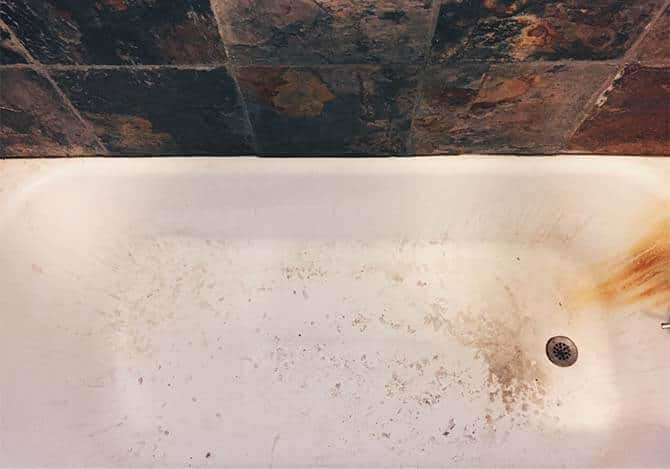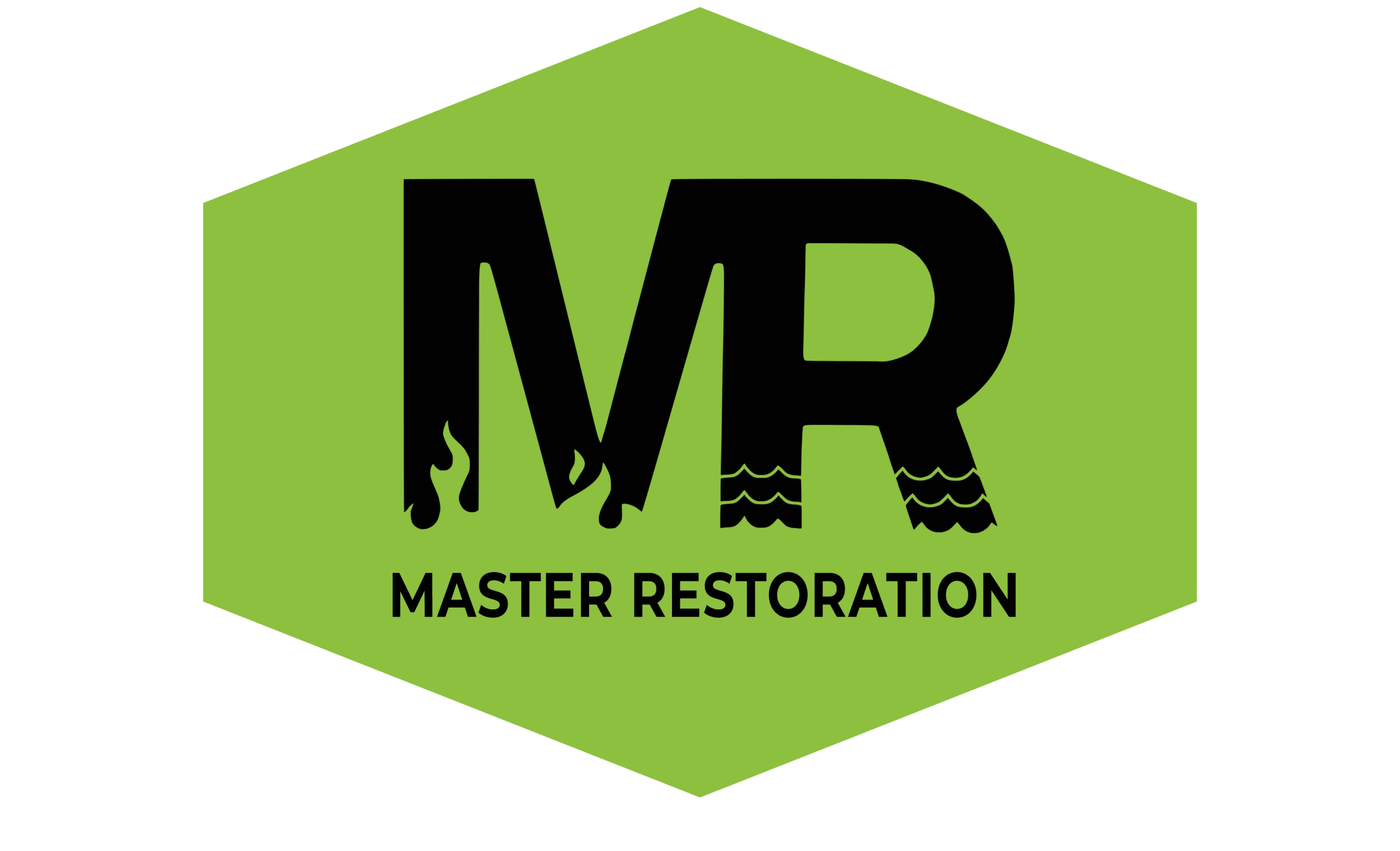
Unsure If the Black Mold in Your Shower Is Toxic – Read This!
Mold can thrive in showers because the damp, poorly ventilated area provides an ideal breeding ground. When a person ends up discovering mold in the shower, it can lead to health problems and rather uncomfortable symptoms. Contrary to popular belief, just how dangerous the mold is has nothing to do with whatever color it is. The term “black mold” is often used to describe Stachybotrys Chartarum.
What Are Common Mold Types?
Certain types of mold will release mycotoxins, which are toxic. They’re particularly hazardous when ingested; inhalation doesn’t cause much harm. Indoor mold usually manifests as:
- Alternia
- Aspergillus
- Cladosporium
- Penicillium
Why Would There Be Mold In the Bathroom?
As previously mentioned, poorly ventilated areas that are damp will serve as ideal groundwork for mold. Needless to say, bathrooms are essentially very much that. Oxygen, adequate moisture, food and the proper temperature will bring on more mold than anyone ever needs. Aside from growth, mold will end up reproducing these situations through putting spores out there. Spores are essentially seed-like microscopic cells.
It should be noted that there is no evidence thus far of how exposure to mold, whatever it is, causes headaches, memory loss, fatigue, issues with focusing, autoimmune disease or bleeding reaching the lungs (infant pulmonary hemorrhage).
What Causes Mold?
If the ideal conditions are in place, mold will grow anywhere. When the surface is damp, it can take a mere 24 to 48 hours for it to grow. If humidity reaches over 60%, mold is more than likely active. Growth happens at over 70% worth of humidity. Aside from the bathroom, another poorly ventilated area that can trigger mold is the kitchen.
Common causes include:
- Condensation
- Floods in buildings
- Water leaks
What Are the Symptoms of Mold Exposure?
Mold sensitivities can be triggered by several kinds of indoor mold. Prolonged exposure can also lead to a number of issues. The following conditions can lead certain people to be far more susceptible than others:
- Asthma
- Mold allergies
- Weak immune system
Symptoms can include, but are not limited to:
- Coughing
- Eye irritation
- Nasal congestion
- Skin rashes
- Sneezing
- Sore throat
- Wheezing
When Should Medical Assistance Be Sought?
The moment symptoms of mold exposure manifest, a trip to the doctor or an allergist is in order. Figuring out whether or not mold allergies are at play will be the first step. If it turns out there are mold allergies, then the medical professional will get a treatment plan going.
- Blood test – A radioallergosorbent test (RAST) is the specific blood test that checks for allergies. An analysis for antibodies is conducted.
- Skin prick test – A small amount of a diluted substance will be applied via a skin prick. If allergies are present, a small hive will develop around the area.
Treatment
If you were exposed to mold, aside from limiting exposure, treatments may be in order such as:
- Allergy medications
- Allergy shots
- Nasal sprays
- Sinus rinses
Conclusion
The color of mold doesn’t have anything to do with toxicity, if any. Black mold, or any mold for that matter, should be cleaned away as soon as possible. Mold exposure usually manifests through skin rashes, wheezing, eye irritation and more.
Looking for mold and water damage specialists in Nampa? Reach out to Master Restoration Idaho! We have decades of experience and we specialize in fire, mold and water cleanup.
